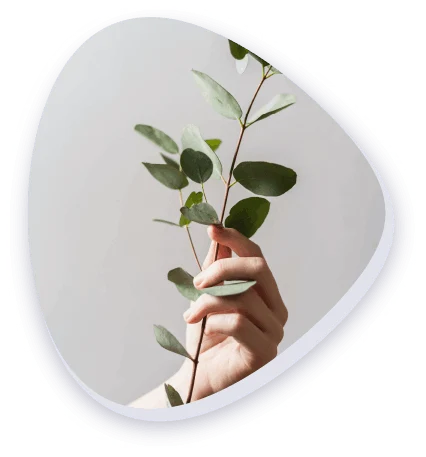Even complain that you are tired of someone to pipe in – eat a steak you probably need iron (Fe)!
And they have a point… well, kind of.
What does iron do?
Iron is an important component of haemoglobin, the substance in red blood cells that carries oxygen from your lungs to transport it throughout your body. Haemoglobin represents about two-thirds of the body’s iron. If you don’t have enough iron, your body can’t make enough healthy oxygen-carrying red blood cells. Low iron equals poor oxygenation and low energy.
How do we feel when our iron is low?
1. Extreme fatigue and exhaustion
Fatigue is one of the most common signs of iron deficiency because it means your body is having trouble carrying the oxygen to your cells so it’s affecting your energy levels.
People lacking enough iron in their blood often feel sluggish, weak, and unable to focus. Though fatigue can be the sign of numerous conditions, if it does not go away with adequate rest, consider having your iron levels checked.
2. Frequent infections
Iron plays a key role in a healthy immune system, so lower levels of the mineral can make someone more susceptible to infections.
Red blood cells also carry oxygen to the lymph nodes, which house infection-fighting white blood cells. When someone has an iron deficiency, the white blood cells aren’t being produced as well, and they’re not as strong because they’re not getting enough oxygen, making that person more susceptible to infections.
3. Pale skin
Hemoglobin gives skin its rosy colour, so low levels cause the skin to become lighter.
When red blood cells become low in iron, they become smaller and paler in the centre so skin also becomes paler. This may be easier to detect in people with lighter complexions, but no matter what your skin tone, if the area inside your bottom eyelid is lighter than normal, this may be a sign of iron deficiency.
4. Swollen tongue
Changes to your tongue, including soreness or swelling, can be a sign of iron deficiency. Cracks on the side of the mouth are also common among people with iron deficiency.
5. Restless Legs Syndrome
Some people who have iron deficiency develop restless legs syndrome, a disorder that causes you to have a strong urge to move your legs. The urge often comes with an unpleasant, crawling sensation in the legs that can make it hard to sleep.
6. Pica
People with iron deficiency may develop cravings for non-food substances, such as clay, dirt, or chalk, a condition known as pica.
7. Hair loss
Iron deficiency, especially when it develops into anaemia, can cause hair loss. When hair follicles don’t get enough oxygen, they go into a resting stage, and hair falls out and doesn’t grow back until anaemia is improved. It is normal to lose about 100 strands of hair per day. However, if you notice your hair loss is excessive and it is not growing back, this may be a sign of iron deficiency.
Where do we get iron from in the diet?
How do you absorb it?
When you eat food with iron, iron is absorbed into your body mainly through the upper part of your small intestine.
What are the forms of iron?
There are two forms of dietary iron: heme and nonheme. Heme iron is derived from haemoglobin. It is found in animal foods that originally contained haemoglobin, such as red meats, fish, and poultry (meat, poultry, and seafood contain both heme and non-heme iron). Your body absorbs the most iron from heme sources. Most nonheme iron is from plant sources.
How do we know if we are low or high?
The most common symptom so low iron is fatigue, weakness and lethargy. The most common symptom of high iron is fatigue weakness and lethargy.
A blood test is the best measure! Rather than assume you are low, as low iron, low energy is the same as high iron, low energy. Which can be dangerous we always test before supplementation.
Men and women – the difference in demand
For most essential vitamins and minerals, a male’s body requires more. But that’s not the case with iron. A female, depending on her stage of life, needs to take in up to more than double the amount of iron a man needs. During pregnancy, iron intake should almost triple a man’s. The differences in our reproductive capabilities are cause for such a large difference.
Menstruation
Adult women need to increase iron intake once menstruation begins. Menstruation means a loss of blood every month, which can affect the overall iron content of the body. Women must compensate by increasing iron intake. After the age of 50, or once menopause begins, women can reduce iron intake to the same as a man’s.
- According to the Centers for Disease Control and Prevention, the recommended daily dietary allowance for iron for most 19to 50yo women is 18 milligrams (mg).
- Pregnant women should be consuming 27 mg per day.
- Adult men, on the other hand, only need about 8 mg of iron per day.
Always test
Low and high iron levels both give the symptom of fatigue, however high iron has some serious health repercussions, because of this, with supplementation, we always test before we go ahead to understand exactly what is happening in the body.
What next?
If you are feeling fatigued and low in energy or think that your iron may be low get in touch and make an appointment to discuss your health.

